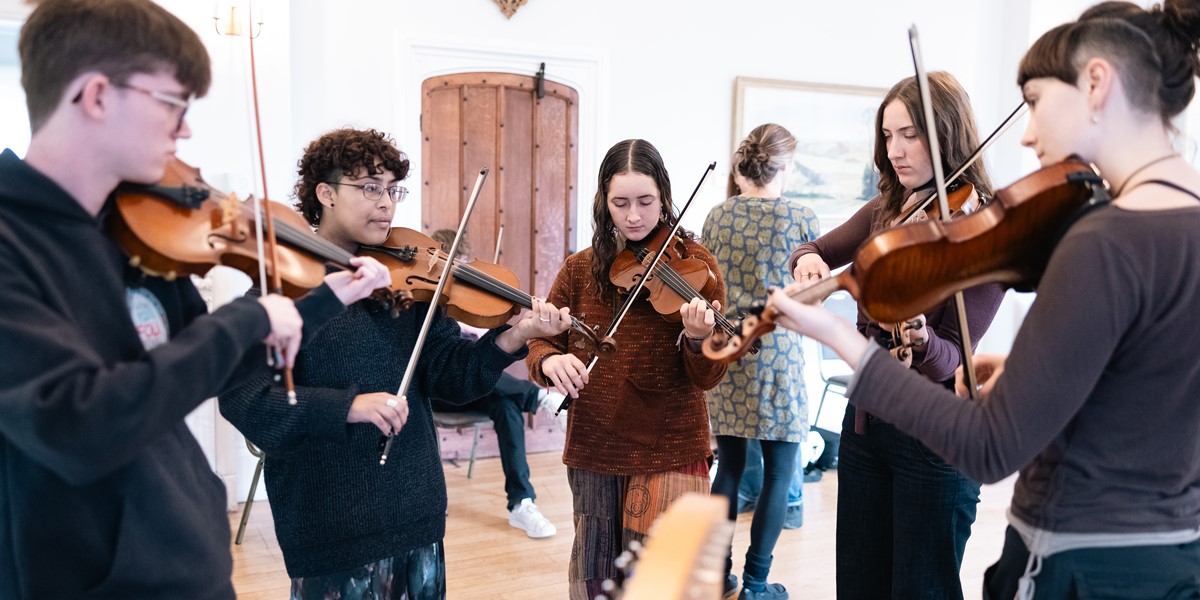Friday, May 10, 2024
National Youth Folk Ensemble: Melodious Beginnings
By Izzy Felton
Izzy Felton visits an inclusive training ground for the next generation of England’s folk musicians

NYFE Workshops at Halsway (photo by Roswitha Chesher)

Register now to continue reading

Thanks for visiting the Songlines website, your guide to an extraordinary world of music and culture. Sign up for a free account now to enjoy:
- Free access to 2 subscriber-only articles and album reviews every month
- Unlimited access to our news and awards pages
- Our regular email newsletters

